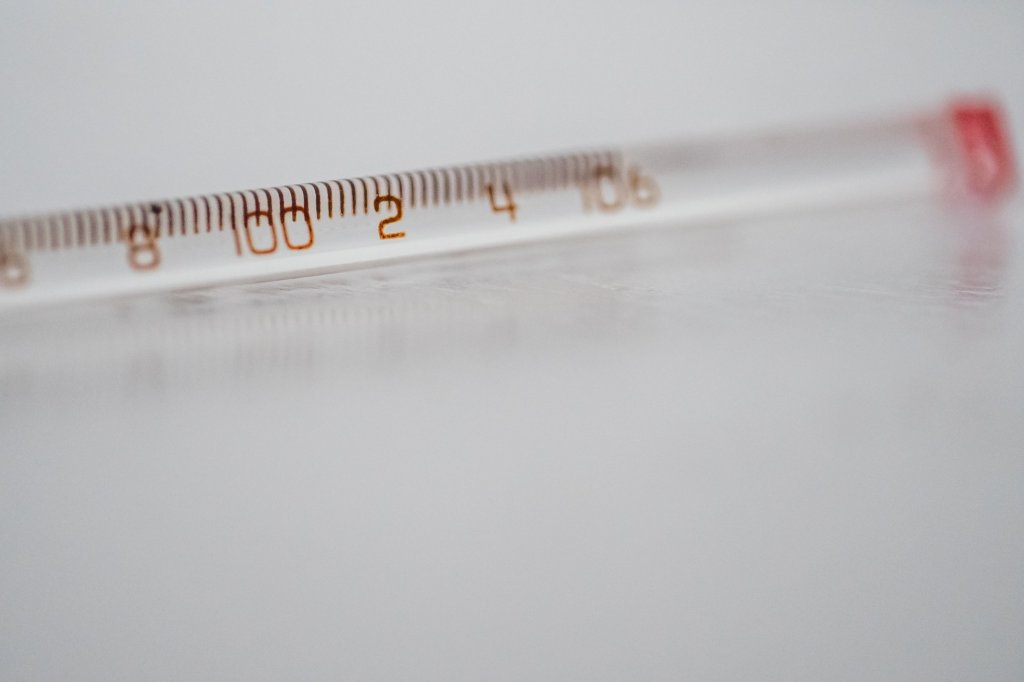I left the health awareness meeting desiring to check my blood sugar.
Diabetes is a silent killer in many African nations.
It stays latent but still potent in our system wrecking havoc in many people’s lives.
All the more reason why I felt the need to be checked.
For a moment I wondered whether the test would take hours or probably i would be told to leave my email address for the results to be sent later.
Now, we all know that I was exaggerating things here…
Blood sugar tests deliver some of the fastest results.
It takes a mere few seconds to know your status and it was no different in this case.
To my relief, I left smiling but still wondering whether such a rapid test kit could be applied in diagnosing other deadly diseases.
BIOSENSORS
Blood glucose test kits function as biosensors.
Biosensors – just as their name suggests – are devices capable of detecting biological substances such as microorganisms, enzymes, hormones, glucose etc.
When the concentrations of these substances in our bodies differ from the norm, it might signal the occurence of some disease.
This is therefore a big deal.
PSA
Let’s take a short tour into cancer diagnostics for a moment.
One of the standards used in screening for prostate cancer is detecting the levels of Prostate Specific Antigen (PSA) in the patient’s blood.
Since PSA is a protein with a specific structure, it might be possible to develop hand held rapid test kits capable of detecting its levels.
This might go a long way in facilitating early prostate cancer diagnosis.
But healthcare isn’t the only front for deployment of these mercurial biosensors.
ENVIRONMENTAL MONITORING
Ever been concerned witht contaminants in the water we drink?
Well biosensors might come in handy here.
Most of us fear bacteria in water because they are associated with deadly diseases such as cholera.
Of course we could use chlorine to sweep them out of our water but still water monitoring of bacteria in our wells, taps and boreholes is still important.
Biosensors have the ability to specifically identify and flag out harmful bacteria giving us useful information in the process.
But beyond the environment, food safety applications are also crucial.
FOOD SAFETY
Food handlers, hotels and restaurants need to ensure not only quality food but food that is safe for their customers to eat.
Quite some work has been done in handheld detectors in this regard.
But biosensors could also come in handy especially if they are tailor-made to identify notorious food bacteria such as the salmonella type.
But beyond all this talk about biosensors, question is: how do they work?
Take for instance infrared detectors useful in detecting stalenesss in food.
Biosensors could also come in handy especially if they are tailor-made to identify notorious food bacteria such as the salmonella type.
But beyond all this talk about biosensors, question is: how do they work?
What guarantees do we have about their authenticity?
ALL AROUND US
We started by talking about the blood glucose sensors.
But come to think of it, biosensor applications are more rampant than we could imagine.
Picture the new HIV AIDS home test kit…
Or the pregnancy test kit…
Think of tests involving analysing urine color etc.
These and more sophisticated instruments use interactions between antigens and antibodies (bioogical molecules).
To expound further would require an entire lesson on biochemistry which is not necessary at this point.
However, to put it into context, imagine how a key is specific to only one padlock…
Upon infection, a body produces specific agents to protect it against the invader.
These agents are so specific in shape and chemical composition to a specific invader.
So a method could be tailor-made to detect these agents – which is where biosensors come to play.
IN CONCLUSION
Biosensors might seem complicated and out-of-the-world devices which trigger the interest of geeks.
But just like their IT counterparts (sensors), they could help detect and resolve a myriad of problems in health, environment, food etc.
So they are worth the investment in R&D.
